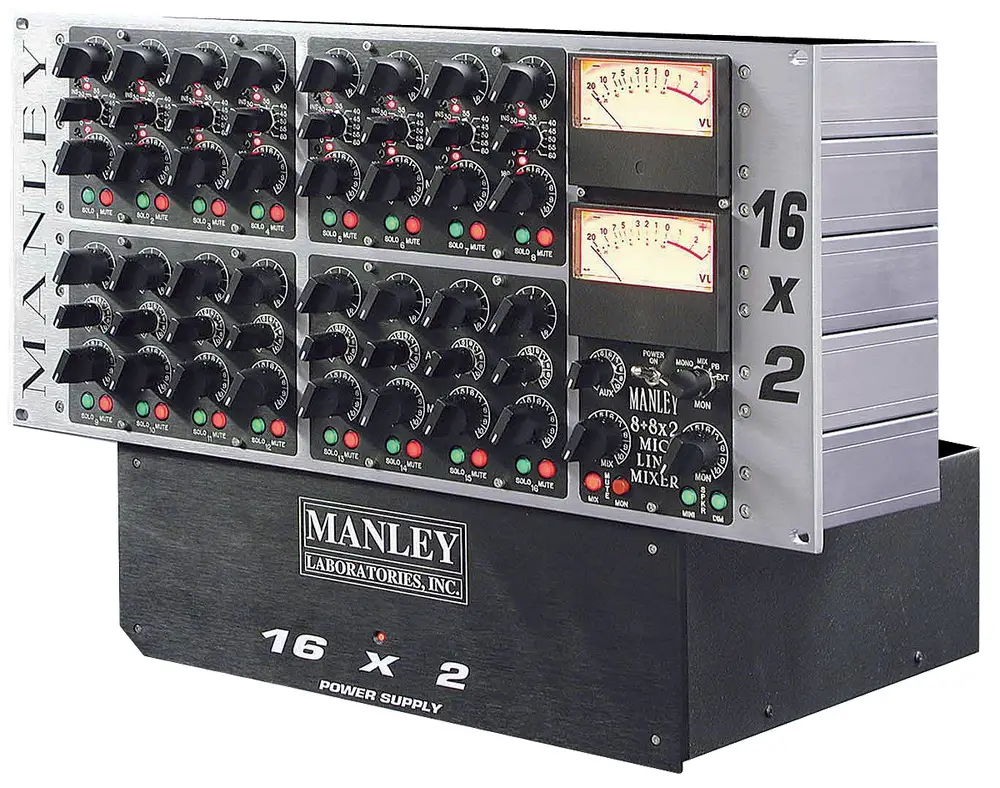There are many in the recording world that say mixing "in the box" (meaning just inside of a computer) will never sound as good as using analog summing.
So what is analog summing and why is it supposed to be so much better?
Analog summing is the process of combining multiple tracks into a single stereo master track through the use of a mixing console. The inherent imperfections present in the circuitry of a physical mixing console "colors" the sound and imparts a pleasant warmth and width to the stereo track.
What Is Summing In Audio Mixing?
So if there is "analog summing", what is just "regular summing"?
Summing simply refers to the process of combining multiple tracks into a single stereo master track. This process is always performed once a mix is complete and it is ready to be mastered.
In other words, anytime you've "bounced" or "exported" your mix into a single .wav or .mp3 file so you can listen to it on your phone or computer, you've "summed".
Just like it sounds, summing is just adding all of your tracks together into one.
But is analog summing really better than digital "in the box" summing?
What Is An Analog Summing Mixer?
An analog summing mixer is a hardware unit that allows audio engineers to route multiple outputs from their DAW into it, and combine (sum) them into one stereo file. A summing mixer will also subtly add desirable saturation or "color" to the stereo track due to its' physical circuitry.
You can see an example of one of these summing mixer above.
What's really happening is that your wonderful song that you've spent so much time writing, recording, and mixing, is being converted into an electrical signal that is then sent into piece of hardware.
That electrical signal then is impacted by the transformers and other electrical circuitry inside of the hardware unit which can add a rich "analog" sound to your stereo track.
People have described this analog sound as being warmer or wider than what you get just from digital summing.
Sounds great, right?
The only downside is you have to buy one of these digital summers, and these puppies can easily cost you $2,000 or much, much, more.
So this prompts the question...
Is analog summing really worth it? Is analog summing necessary for a professional-sounding song?
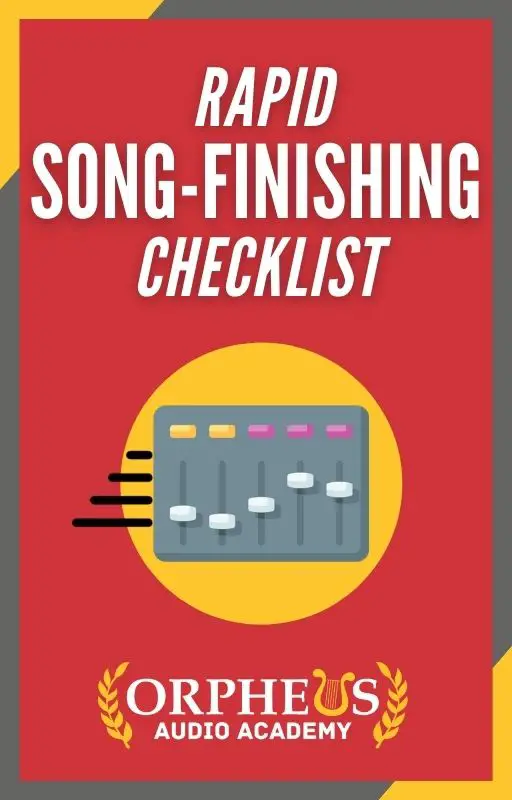
Create Better Songs, Faster
Click below to download my free song-finishing checklist to help you create radio-ready songs without taking months to complete them.
Is Analog Summing worth it?

Analog summing can add a desirable richness to your songs, but it is not worth it if you are a beginner to intermediate producer. Analog summing is not necessary for producing professional-sounding songs as there are many amazing pro mixers out there who do NOT use analog summing.
My mentor (the owner of a commercial recording studio since the 1980s) taught me that there is simply a warmth and a width missing to your productions if they aren't run through a mixing console.
He personally uses a Sountracs PLC 24x16x2 mixing console, pictured below.
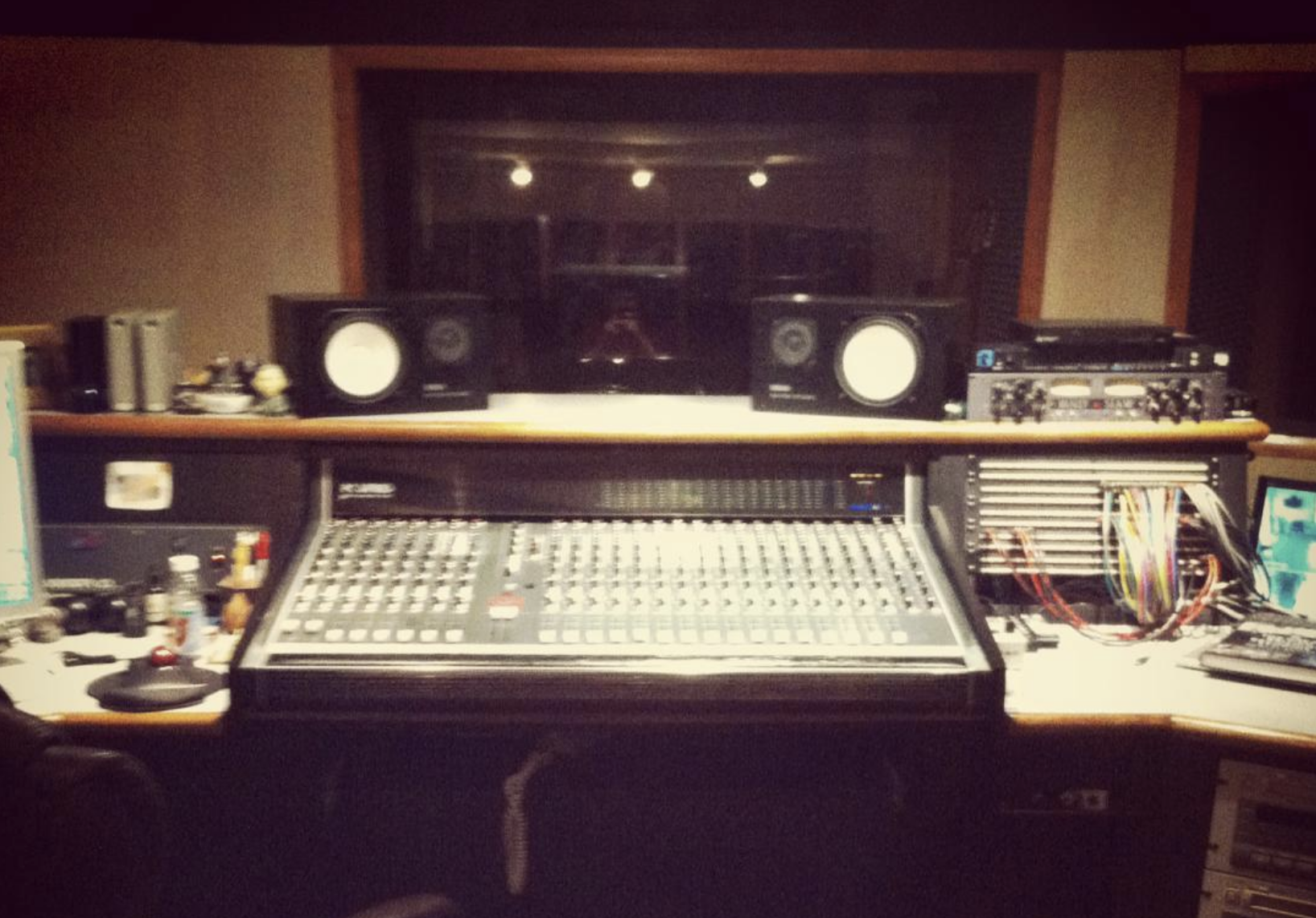
I understand where he is coming from, and he has much better trained ears than me since he has been recording, mixing, and mastering since before I was born...
But that being said, the benefit that analog summing adds to your productions is miniscule.
The Danger Of Analog Summing
The danger inherent in analog summing is using it as a crutch.
Analog summing isn't going to turn a bad mix into a good mix. There is no silver bullet in the audio field. Rather, you actually have to take the time learn and develop real skills.
Analog summing might take your mix from being 95% amazing to being 97% amazing.
It won't take you from 50% to 90%.
The real answer to better mixes is becoming a better mixer, which takes experience, mentorship, and intentional practice.
Pro Mixers Who dON'T use analog summing
The reason you don't need to use analog summing for your mixes is that there are plenty of amazing pro mixers out there who don't use analog summing.
This means they mix entirely "in the box".
This includes people like:
- Andrew Scheps (Metallica, U2, Beyonce, Green Day, Adele)
- Jacquire King (Grammy-Winner, Modest Mouse, Kings of Leon, Of Monsters and Men)
- Dave Pensado (Beyonce, Justin Timerlake, Christina Aguilerra)
- Charles Dye (Ricky Martin, Bon Jovi, Sammy Hagar)
Andrew Scheps, when speaking on why he moved from mixing on a console to mixing "in the box" said,
"For mixing, [mixing on a physical console] just doesn't make sense anymore for a million reasons."
- Andrew Scheps
How To Emulate Analog Summing Digitally In Your DAW
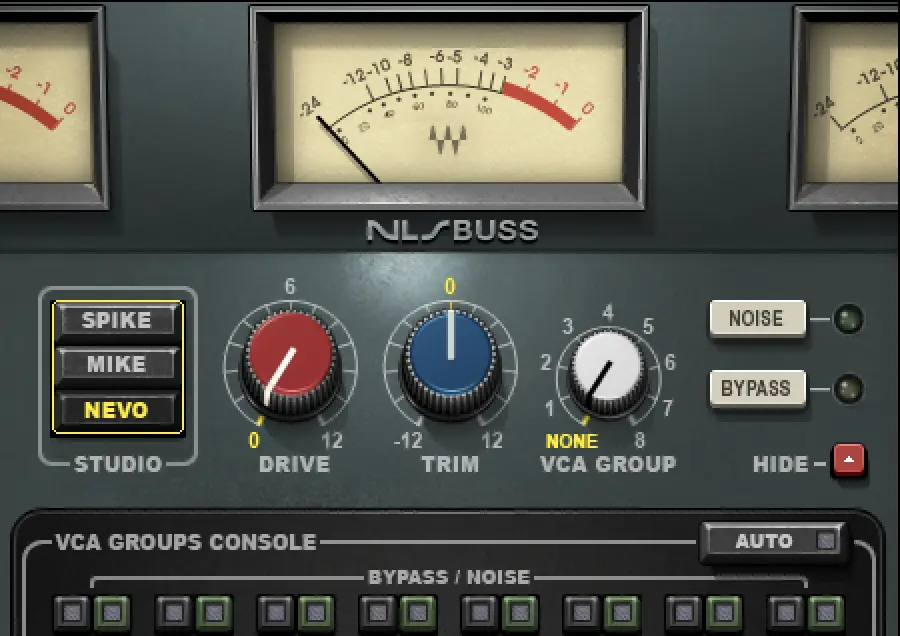
All of that said, if you still want to get that analog sound inside the box, you can actually still do so (for MUCH less money) with Waves NLS Non-Linear Summer plugin.
This plugin gives you the ability to emulate 3 different analog consoles, and impart their unique electrical-coloring-characteristics to your tracks.
Not only that, but Waves has also modeled the individual channels in these three different mixing consoles (as due to the nature of physical equipment, no two channels are going to sound identical).
The result is you can (as close to perfectly as possible) recreate an analog mixing console, and all of its channels, inside of your DAW...
Thus, imparting that gloriously wonderful analog sound to your mixes.
Not only is this plugin A LOT less than a physical analog summer...
But you can also get 10% off your purchase my using my link here.
Once you click my link, you'll be taken to the Waves plugins page. Just type "NLS" in the search bar to find it and get 10% off (or buy something else while you're there if want something different for 10% off).
Finish More "Radio-Ready" Songs, faster!
As we explored above, analog summing is not the panacea some claim it to be. Getting better at mixing is.
One of the biggest things that prevented me from finishing more tracks when I was just starting out was having no clue what the process was for mixing a professional-quality song.
That's why I've put together a free checklist that you can grab below.
This will walk you through a proven mixing system, step-by-step, so you know what to work on first, second, third, and so on, so you can actually finish more songs, and be proud of your work.
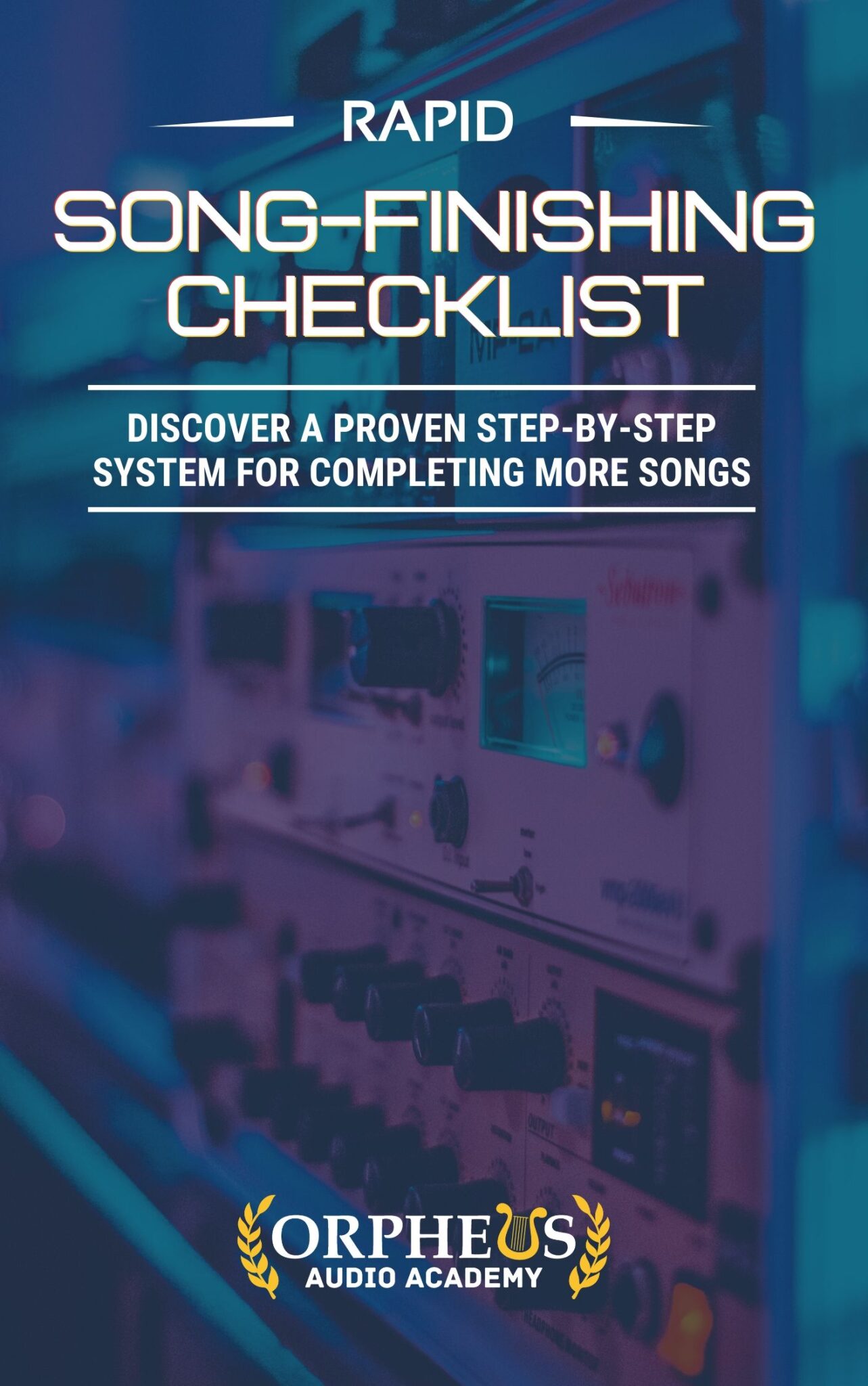
Create Better Songs, Faster
Click below to download my free song-finishing checklist to help you create radio-ready songs without taking months to complete them.
I hope you found this post valuable on what analog summing is.
If so, feel free to share, and let me know in the comments below…


